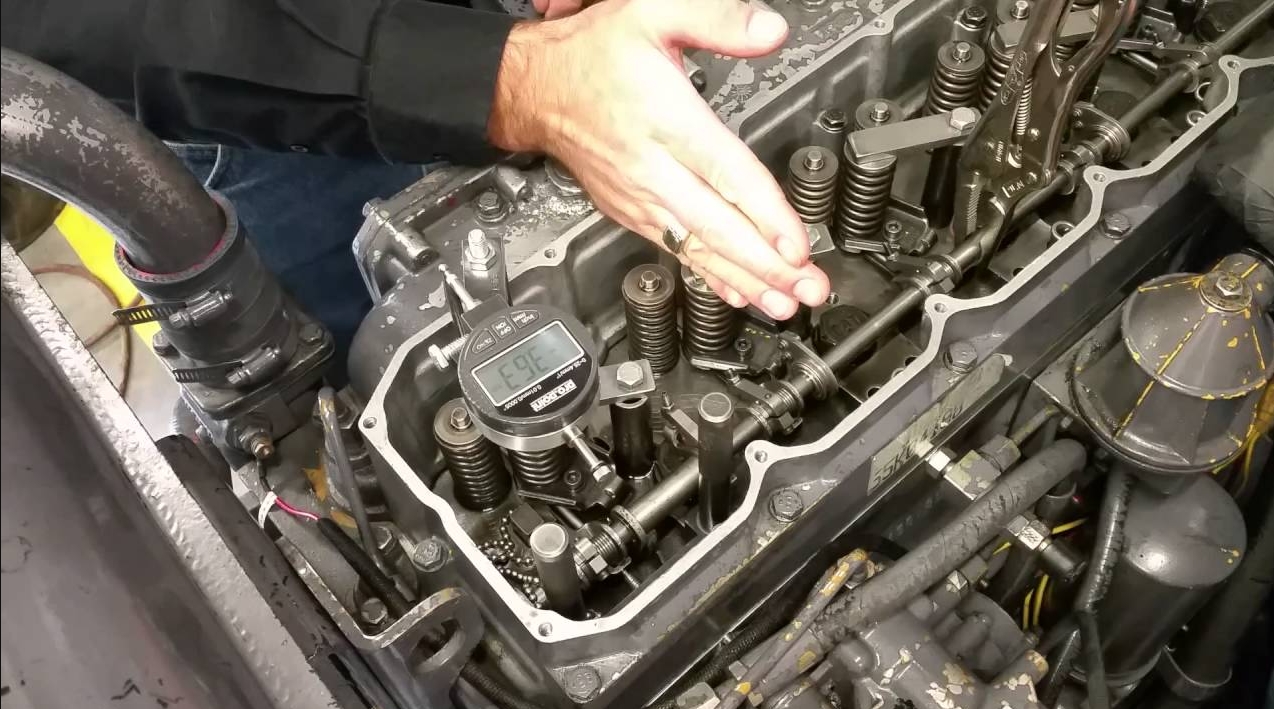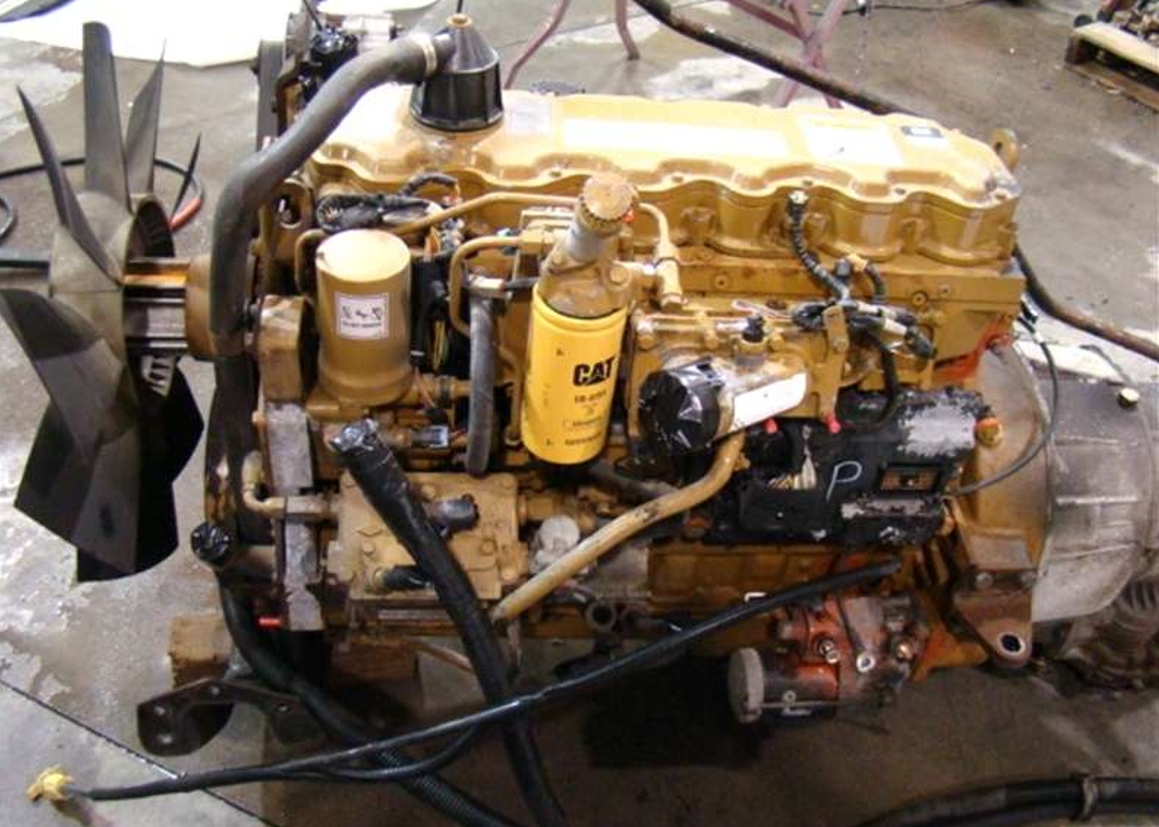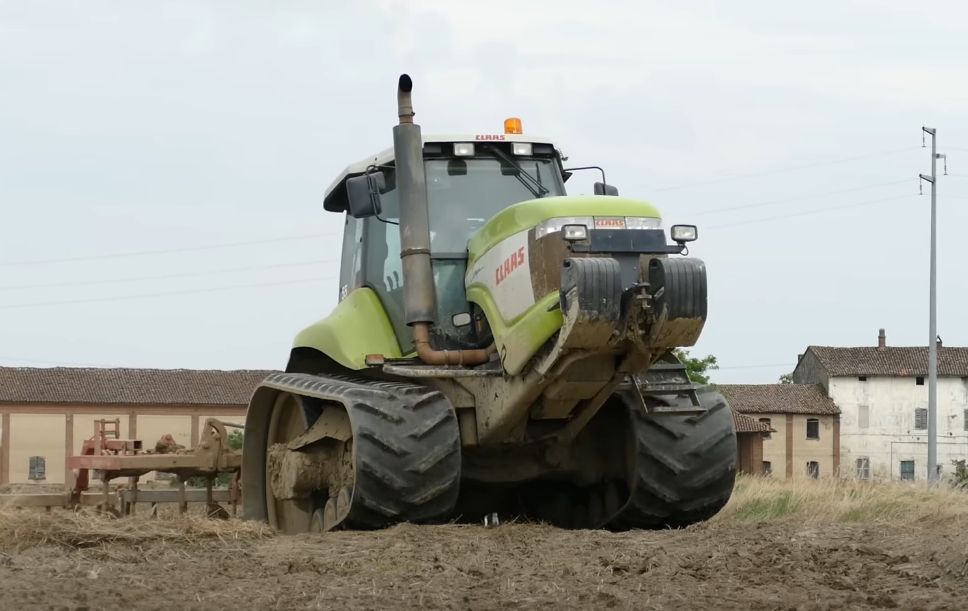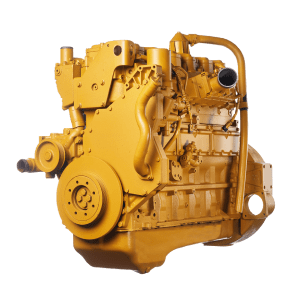The diesel is known to consume little fuel. In turn, the electric motor in the powertrain reduces this consumption to an insignificant 1.8 litres per 100 km in some production diesel hybrids. Why they still haven’t crushed the entire car market or at least haven’t squeezed out traditional petrol hybrids? Let’s look into it.
Hybrid diesel-electric propulsion system was developed in parallel and as a result practically all large car makers, except for American automakers have finished series. The fact is that in the States, as paradoxical as it may sound to you and me, “solar” is more expensive than gasoline and is not considered an economical fuel, especially when it comes to passenger cars with low daily mileage. This is why the US passenger car market has been taken over by gasoline hybrids, and the world’s manufacturers have to deal with that.
The second and perhaps most important point is price. The diesel engine itself tends to be more expensive than the petrol engine. And if we add the cost of electric “frills”, we end up with a higher production cost (and hence the final price) of a diesel-electric powertrain compared to a petrol hybrid. This difference, however, diminishes as the diesel-electric vehicle is used, but it requires a lot of mileage, at which time the use of cheaper (in Europe and Asia) diesel fuel will gradually reduce the initial high cost to zero. It is not without reason that in Japan diesel hybrids are installed on light commercial trucks – one of the most common modes of transport. However, for owners of passenger cars, this initial high cost may be a more decisive factor than the subsequent fuel savings, which may simply not be forthcoming without high mileage.
These two major factors are slowing the process of diesel-hybrids conquering the automotive market. Although there are examples of industries where diesel-electric propulsion systems have long been firmly in the lead. These are marine diesel engines and railway diesel locomotives. In both cases, the diesel engine works only on the generator, which, in turn, transmits energy to the traction motor. Automotive diesel hybrids are similar to gasoline hybrids – the diesel and electric engines run in parallel, and only for short periods of time the electric motor turns directly into a traction motor. This mode forces the diesel engine to frequently run in transients and at high loads – just as often as if it were a conventional diesel car. This means that the same modern exhaust gas aftertreatment systems need to be installed to comply with stringent environmental regulations.
It is quite possible that engineers will soon succeed in creating a compact and powerful light diesel-electric hybrid with a diesel generator in which the diesel engine will work in a more or less constant mode – a sort of diesel locomotive in miniature. This means that it will be possible to achieve both economy and low emissions, without using complex and expensive systems. This could be a real breakthrough in diesel-electric hybrids for passenger cars.
Any engineers? What do you think?
Diesel Hybrid Engines
The diesel is known to consume little fuel. In turn, the electric motor in the powertrain reduces this consumption to an insignificant 1.8 litres per 100 km in some production diesel hybrids. Why they still haven’t crushed the entire car market or at least haven’t squeezed out traditional petrol hybrids? Let’s look into it.Hybrid diesel-electric…

Never miss a thing.
Connect your email list so you can start gathering emails. It is a great way to grow your audience into lifelong subscribers.
View more articles
-

Troubleshooting CAT 3126 Engine Shutdowns: Causes and Solutions
A reader reached out with the following question: “Hi my 3126 will just cut off for no reason but it will start right back up and when driving it, it will die for a few seconds and the intake heater light will come and the check engine will flash. It has a manual transmission, so…
-

Troubleshooting CAT 3126 Engine: Common Causes and Solutions for Shutdown Issues
The CAT 3126 engine is a reliable workhorse, often powering medium-duty trucks like Freightliners. However, recurring issues such as the engine shutting down after 20 minutes and refusing to restart until it cools down can disrupt operations. In this article, we delve into the possible causes and provide a structured approach to diagnosing and resolving…
-

Secret Powerhouse Unearthed: Claas Challenger 55 Shocks the Farming World
In the vast fields of innovation where agricultural giants roam, one legend has recently been plucked from obscurity, shaking the very foundation of the farming community—the Claas Challenger 55. This titan of the fields, powered by the indomitable Caterpillar 3126 engine, has emerged as a testament to Claas’s undying quest for excellence and diversity in…
